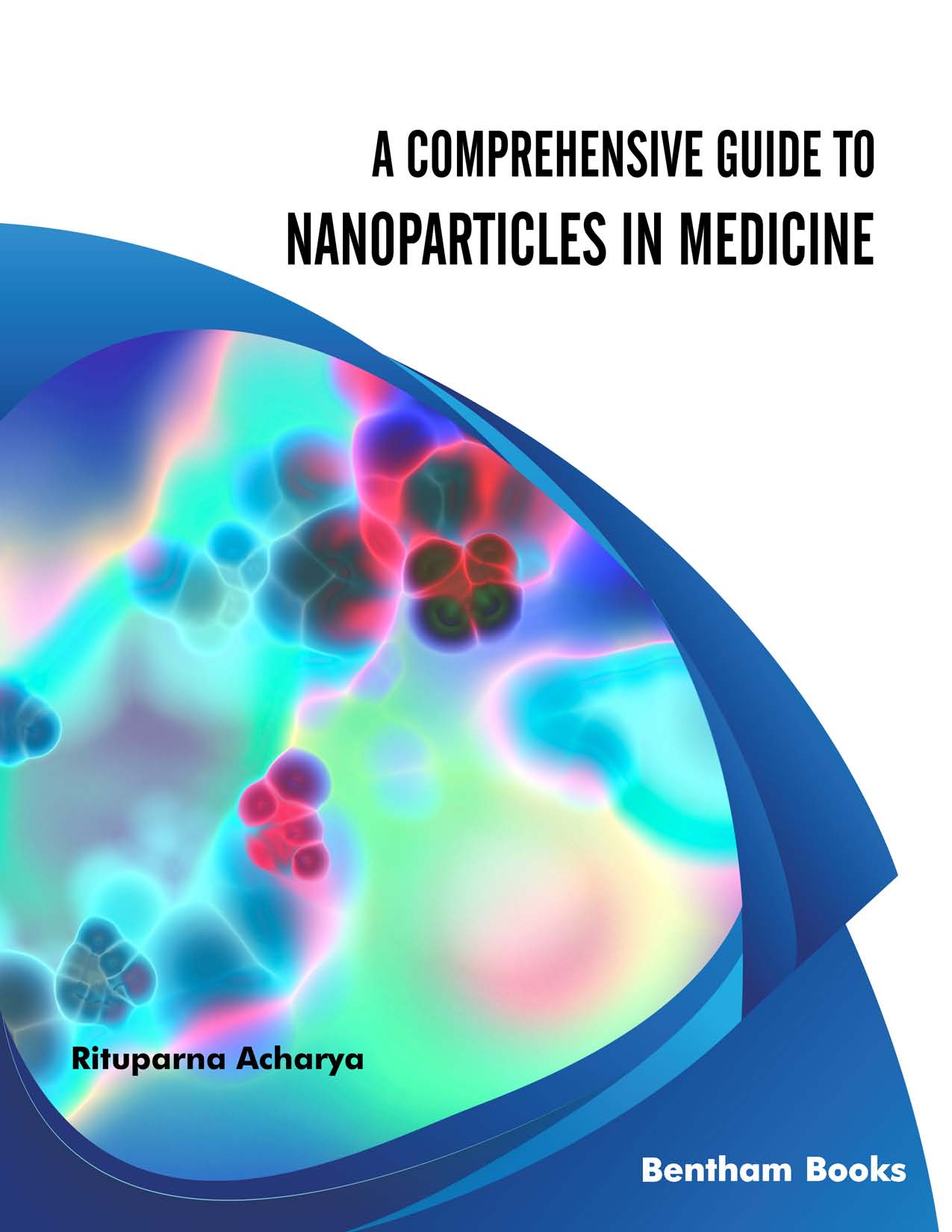This book is intended to focus on the delivery of nanoparticles in several disease conditions. The synthesis methods of these nanoparticles are unique in their approach. The novel diagnostic procedures through nanoparticles are used to identify diseases in humans. The delivery of drugs conjugated with nanoparticles can optimize the dosage level and help in delivering the same to the intended target organ. Various types of nanoparticles, including the organic, inorganic and polymeric in structure are under investigation to deliver them for diagnostic and therapeutic purposes. This book covers various nanoparticle conjugates, for example, when the nanoparticle is conjugated with drugs or DNAs or siRNAs, or shRNAs or miRNAs. All aspects of immunotherapy and vaccination strategy are also included in this book. Up to date information about the nanoparticles used in medicine is the intention of the book.
In particular, chapter 1 discusses the introduction of nanoparticles that are extensively used in medicine. It gives an overview of the proceeding chapters in a consistent manner.
Chapter 2 focuses on the synthesis method of the nanoparticles that are used in medicine. It discusses the advantages and drawbacks of the synthesis methods in detail along with the characteristics and production methods in a step-by-step manner.
Chapter 3 discusses the diagnostic procedures using nanoparticles along with their advantages, disadvantages and their applications in different fields of medicines.
Chapter 4 gives an overview of the characteristics of the nanoparticles that help them to deliver the drug to the target site, their application in medicine and this chapter also discusses the wide variety of nanoparticles that are used for this purpose.
DNA-nanoparticle conjugate is the subject of chapter 5 that presents an overview of the different types of nanoconjugates used in the treatment and diagnosis of disease conditions.
Chapter 6 describes the challenges in the delivery of siRNAs and methods of overcoming those challenges using nanoconjugates. We described the advantages and disadvantages of using siRNA-nanoparticle conjugates in medicine.
shRNA-nanoparticle conjugates are the topic of discussion of chapter 7 that describes the wide variety of nanoparticles that conjugate with shRNAs and targets specific genes for the treatment of a verity of diseases.
Chapter 8 demonstrates the therapeutic approaches using miRNAs. It discusses the challenges of using miRNA in therapeutics and the variety of nanoconjugates used in therapy.
Immunotherapy is the focus area of chapter 9. It discusses the role of nanoparticles in immunotherapy. The wide variety of nanoparticles is used for this purpose and is discussed in this chapter.
Characteristics of nanovaccines are described in chapter 10 and different types of nanoparticles used for vaccination to increase their efficacy are also described in this chapter. Nanoparticles used for immunostimulation are the focus area.
Chapter 11 is the chapter of conclusion that reviews the chapters already discussed in this book. It covers the synthesis method of nanoparticles, along with drug delivery, gene therapy, immunotherapy and vaccination strategies in short.
This book provides a comprehensive coverage of nanoparticles that are used in nanomedicines. It gives an overview of the synthesis methods, diagnostic strategies, drug delivery, gene delivery, immunotherapy and vaccination methods using nanoparticles. The goal of the author is to deliver the readers an up-to-date understanding of nanoparticles in clinical research.
CONSENT FOR PUBLICATION
Not applicable.
CONFLICT OF INTEREST
The author declares no conflict of interest, financial or otherwise.
Rituparna Acharya
Assistant Professor
Institute of Management Study
Kolkata
India





